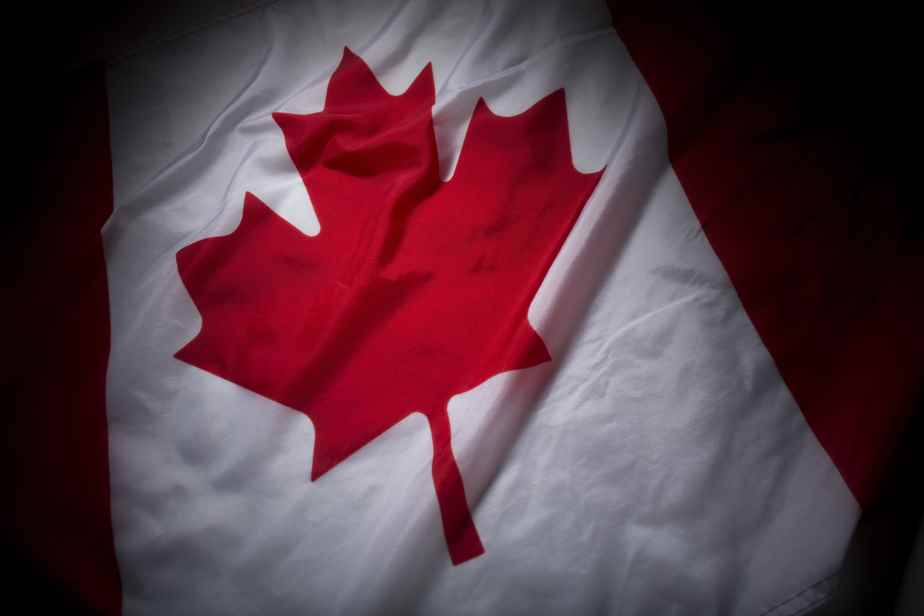The Indigenous population has grown by a third in Greater Montreal over the past five years, the largest increase seen in major urban centers in Canada, according to the latest 2021 census data from Statistics Canada.
Updated yesterday at 11:30 p.m.
Between 2016 and 2021, Greater Montreal saw an increase of more than 11,000 Indigenous people on its territory, an increase of 32.4%, according to the report. During the same period, Quebec recorded a total growth of the Aboriginal population of 14.3%.
More than 46,000 Aboriginal people lived in the metropolitan area in 2021. They represented 22% of the Aboriginal population of Quebec. Today, Aboriginal people represent approximately 1% of the population of Greater Montreal and nearly 4% of the rest of Quebec.
Indigenous communities are growing in several other major urban centers across the country, including Winnipeg and Edmonton. In 2021, more than 800,000 Indigenous people lived in major cities across Canada, according to Statistics Canada. The Métis, First Nations and Inuit population grew by 12.5% in metropolitan areas between 2016 and 2021.

For example, more than 40% of the First Nations population resided in an urban area in 2021, the census indicates. As for the concentration of Inuit, it has increased by 18% in urban centers over the past five years.
Moreover, the Inuit community of Montreal numbered some 1,130 people in 2021. It is the third largest Inuit community in urban centers in Canada, after those of Ottawa and Edmonton, which have 1,730 and 1,290 people.
Also according to the 2021 census, more than half of Métis lived in major urban centers in 2021, including the city of Winnipeg. Moreover, those who lived there were more likely to live in overcrowded housing. According to Statistics Canada, some 17% of Aboriginal people are likely to live in overcrowded housing, while this proportion is only 9.4% among non-Aboriginal people.
Faster growth and younger population
The Indigenous population is on average 8 years younger than the non-Indigenous population in Canada, reveals the 2021 census. In 2021, the average age was 33.6 years among Indigenous people, while it was 41.8 years among non-Aboriginals. The Inuit have the lowest average age, 28.9 years.
More than a quarter of the Indigenous population was under the age of 14 in 2021. This age group represented only 16% of the non-Indigenous population last year.
The census also indicates that the Aboriginal population is growing faster than the non-Aboriginal population in Canada. Between 2016 and 2021, the non-Aboriginal population grew by 5.3%. During the same period, the Aboriginal population increased by 9.4%.
This strong growth is due in particular to an increase in the birth rate and life expectancy in Aboriginal communities in Canada, according to Statistics Canada. It is also explained by an increase in applications for Indian status, said Chris Penney, director of the Center for Aboriginal Statistics and Partnerships, at a press conference Wednesday morning.
People respond differently to the census one year than in the past. There have been a number of court decisions and legislative changes that have changed the requirements or eligibility of Indian Act.
Chris Penney, Director of the Center for Aboriginal Statistics and Partnerships
For example, changes to the law came into effect in 2017 now allowing the grandchildren and great-grandchildren of a woman who lost her Indian status after marriage to a non-Indian to register in the Indian Register.
Although the Aboriginal population is on the rise in Canada, the rate of growth has slowed over the past 10 years. Recall that between 2011 and 2016, it had increased by 18.9%, almost double the growth rate recorded by Statistics Canada in the 2021 census.
Today, Indigenous people make up 5% of Canada’s population, up 0.1 points from 2016, the report says.
Learn more
-
- 205,015
- Aboriginal population in Quebec in 2021
Source: Statistics Canada
-
- 32.4%
- Increase in the Aboriginal population in Montreal between 2016 and 2021
Source: Statistics Canada

